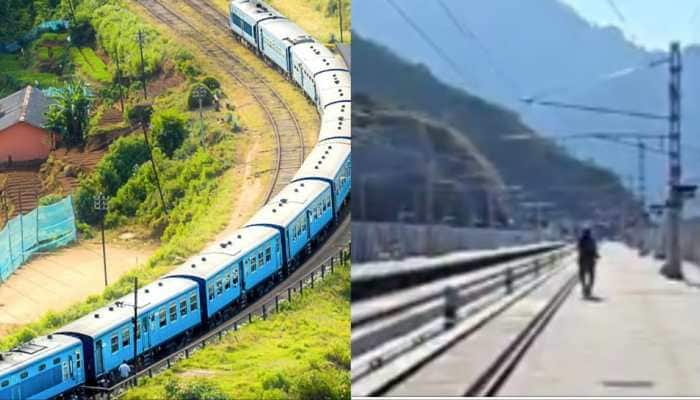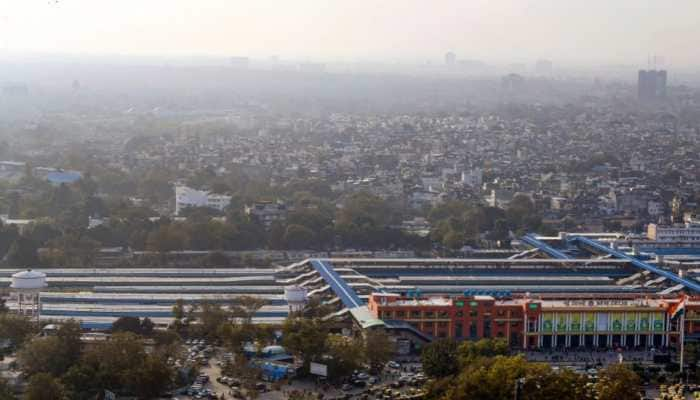Doubling limit for filing DRT cases will expedite bad loan recovery: Finmin
The pecuniary limit was raised last week following amendment in the rules of Recovery of Debts due to Banks and Financial Institutions Act, 1993.
Trending Photos
)
New Delhi: The decision to double the limit to Rs 20 lakh for filing applications in debt recovery tribunals will help them focus on high value matters leading to quicker recovery of bad loans, the Finance Ministry said Tuesday.
The pecuniary limit was raised last week following amendment in the rules of Recovery of Debts due to Banks and Financial Institutions Act, 1993.
Revising the limit will free up debt recovery tribunals (DRT), leaving them to focus on high-value matters which will lead to quicker recovery of NPAs, Financial Services Secretary Rajiv Kumar said here.
This is part of the ministry's targeted approach to make debt recovery laws and process more effective so as to increase recovery of public money from defaulting borrowers, he said.
As many as 38,376 cases involving debt amount between Rs 10-20 lakh pending in DRTs which account for 38 percent of total cases but in value terms these are just 4 percent as on June 2018.
However, he said, this number is rising as the recent data indicates that cases of less than Rs 20 lakh have touched 41 percent in number terms.
"Data indicates that 80-85 percent of non-performing assets (NPAs) cases in the range of Rs 10-20 lakh are fully secured. For their recovery, lenders can take action under the Securitisation and Reconstruction of Financial Assets and Enforcement of Security Interest Act 2002 (SARFAESI Act)," he said.
Besides, he said, the Finance Ministry has also spoken to all states to monitor that the district magistrate pass order within prescribed limit of 60 days for handing over physical possession of pledged collateral of defaulting borrowers to lenders.
As many as 10,000 cases with outstanding loan of Rs 40,000 crore are pending before district administration.
As part of improving the auction process, Kumar said, it has been decided to set up e-auction bazaar of properties of defaulters.
It will be a common platform for the public sector banks which will enable them to put all e-auction properties on the website with details including reserve price.
It will help people from across the country to participate and also help lenders realise better value for such properties, he said.
He also said that digitisation of records of cases being handled across all the 39 DRTs and five Debt Recovery Appellate Tribunals (DRATs) has been commenced.
The e-DRT software, for which a successful pilot has already been run, has features similar to the e-court software, which includes e-filing, e-payment of fees, uploading of orders, viewing case status among others, he said.
Personal guarantor's details will also be captured if the borrower is a company.
This would automate the full cycle of workflow which will bring transparency and increase efficiency by making the legal process easier, time saving and more user friendly, he added.
Banks and financial institutions' recovery of dues takes place on ongoing basis through legal mechanisms, which inter-alia includes Securitization and Reconstruction of Financial Assets and Enforcement of Security Interest (SARFAESI) Act, Recovery of Debts to Banks and Financial Institution (DRT) Act and Lok Adalats.
The borrowers of such loans continue to be liable for repayment even when the loans have been removed from the balance sheet of the bank(s) concerned.
To make the tribunals more effective and to facilitate fast disposal of debt recovery cases, the government has made several amendments in different laws, including the SARFAESI Act.
Stay informed on all the latest news, real-time breaking news updates, and follow all the important headlines in india news and world News on Zee News.
Live Tv







)
)
)
)
)
)
)
)
)
)
